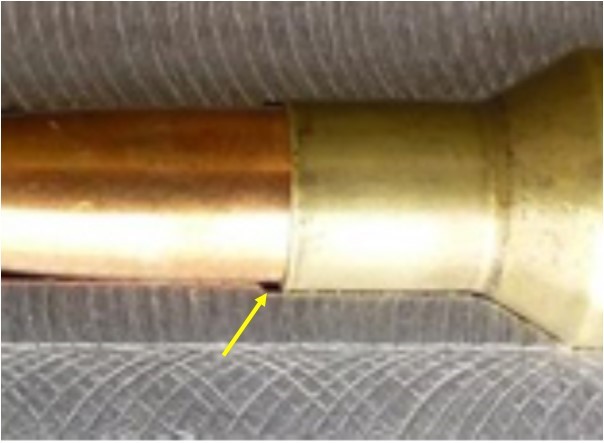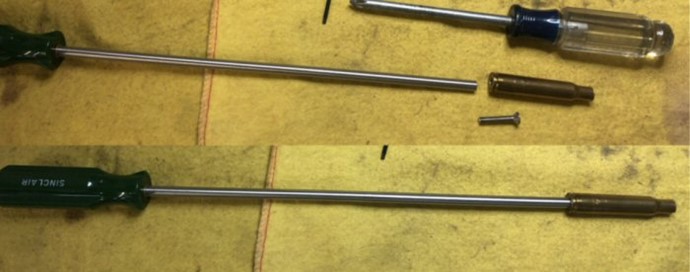I don't know why it's happening and I don't know how to fix it. I am very perplexed.
there's a lead buildup that looks like a ramp that formed at the end of the chambers throat in the gap between where the cartridge case's mouth would end and the reamer cut separating the chamber throat to the lede. The rifle is a Savage 10F in .308.
The barrel has about 56 rounds through it and it's showing a buildup from about the 5 to 8 O'clock position at the end of the throat. The buildup is longer (reaching nearer the case) in the middle and it tapers shorter as you go out to the 5 O'clock or the 8 O'clock position. Not a shaved ring but a buildup that looks like a tiny little ramp and only on the lower half of the circumference of the chamber neck.
I had a similar experience with a Ruger 7.62 bolt gun last year and had to replace that barrel because I damaged the bore trying to get the buildup out. The build up on the Savage is in the same location and it looks the same.
Sitrep:
- Normal cleaning ever 25 or so shots with 5 or 6 wet patches (Hoppy's or Butches Bore Shine) followed by 10,15 strokes with a wet bronze brush. A few more wet patches followed by a dry patch then an oiled patch.
- #2 Lyman
- 311299 gas checked
- Carnauba Blue
- Velocity on the most recent barrel (Savage .308) was similar to the Ruger 7.62x39 bolt gun. Sub sonic 950/1050 and trans sonic 1600 to 1800 fps.
- Approximately 56 rounds through the 308 barrel. The Ruger had about 100 rounds through it before I bore scoped it.
- There is zero leading in the bore.
- All hand loads had the bullet seated with the olgive into the lands just short of jam or what I call "push back" depth.
- Turning a wet .35 cal bronze brush with Chore Boy wrapped around it has no effect on the buildup. That little lead ramp buildup is like a weld spot, exactly like I had on the Ruger.
I use hydrogen peroxide and vinegar to clean my casting pots but that would be the last of the last options I would choose to get the build up out. And if I get it out I need to find out what 's causing it. I'm doing something drastically wrong to have the same problem with two different rifles in their first 100 rounds.
Can anyone relate to this problem? What's causing it? How in the heck can I remove it?
I can't take a picture with my bore scope but the attached will show you where the build up is located.
If you could shed light on this I would greatly appreciate it. Bill.

A “Measured Response” is as effective as tongue lashing a stuck door.




.jpg?width=50&crop=0,0,50,50)

.jpg?width=20)











